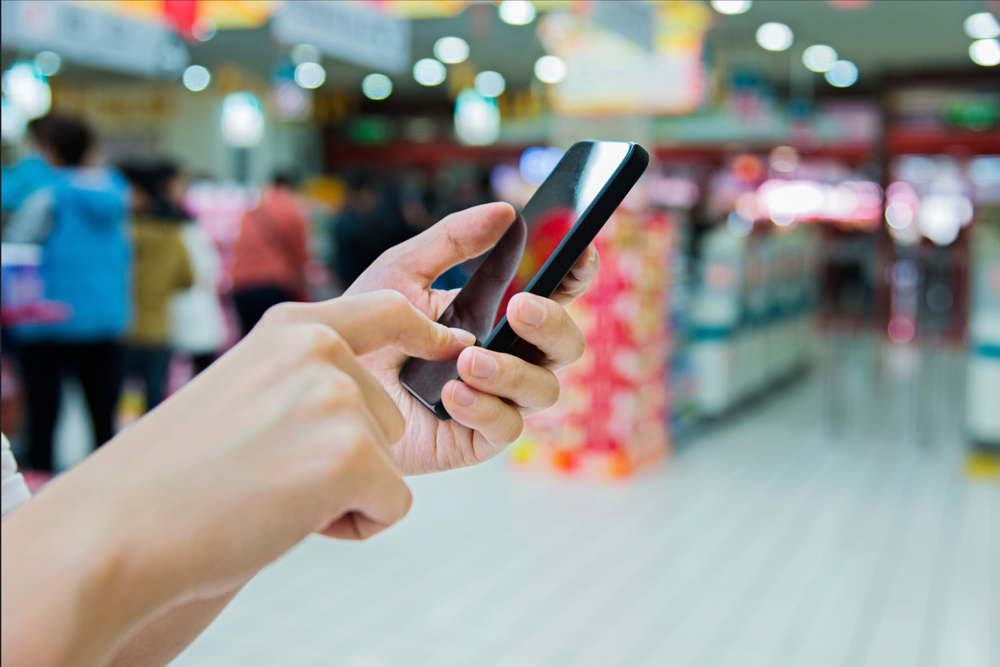Today, setting your brand apart at the point-of-sale (POS) requires integrating technology. Smartphones (which no one on the planet can exist without) can help you feature more distinctive content to boost engagement in ways you never imagined. The catch? Your success hinges on seamless execution. With so many options to choose from, I thought it would be helpful to introduce you to both successful … and not so successful… routes to take.
Mobile, content-friendly websites
Leveraging the phone as a shopping assistant is a huge opportunity for brands—but first you need a mobile-optimized, content-friendly site. Beyond valuable benefits-driven information, it’s crucial for your site to have both an area for real testimonials and a controlled space for product reviews. In a recent survey, more than half of shoppers said they check product reviews on their phones while shopping in a store.
Sorry, QR codes
Brands often want the consumer to seek out a deeper brand experience. Enter the QR code, an idea that seemed perfect for POS by giving consumers another level of access to your brand. The concept: put a QR code on your POS display, which the consumer scans with a smartphone, and more detailed product information, an engaging video, or even a mobile coupon is displayed. So what happened? It just didn’t take off, mostly due to lack of consumer education.
NFC technology: info at a touch
NFC, or Near Field Communication, is another way to connect to a smartphone. Unlike the QR code, which must be scanned, an NFC-enabled phone is touched to an NFC sticker tag roughly the size of a quarter. Surging in popularity, it’s currently the primary method used by retail payment systems like Google Wallet and Apple Pay. For marketing, you can apply an NFC sticker tag to virtually any in-store materials, including displays, signage, or product packaging. But again, the sticking points today are consumer education and technology. Plus, the consumer needs an NFC-enabled phone for the technology to work.
Beacons: a proactive, interactive experience
Used in conjunction with a mobile app, beacons allow marketers and retailers alike to send a mobile message to a smartphone at a micro-location within a store. For this technology, a small “beacon” device is placed in a store or other physical location. When a beacon detects a smartphone with a synched app, it sends a transmission via Bluetooth, prompting the app to generate a push notification – a special message or offer – on the smartphone. That means you can deliver highly targeted, location-based content during the shopper’s decision-buying process.
The storytelling power of video
There’s still no better way to tell your brand and product story than through video. In a retail setting, you can have a video monitor built into your display, but with the cost of the monitor, this can get pretty expensive. Maintenance can also pose an issue. Video displays are great when they do work, but I know when I’m out shopping, I see many that don’t. Instead, consider incorporating video content with the smartphone techniques mentioned above.
Mobile web traffic to boost your brand
The simplest and potentially the most effective way to engage consumers on their phone at point-of-sale may be to create a short vanity URL to drive consumers to specific content online. The URL should be featured prominently on point-of-sale displays or signage. As consumers become more savvy with navigating the Internet on their phone it becomes far easier for them to access content this way.

